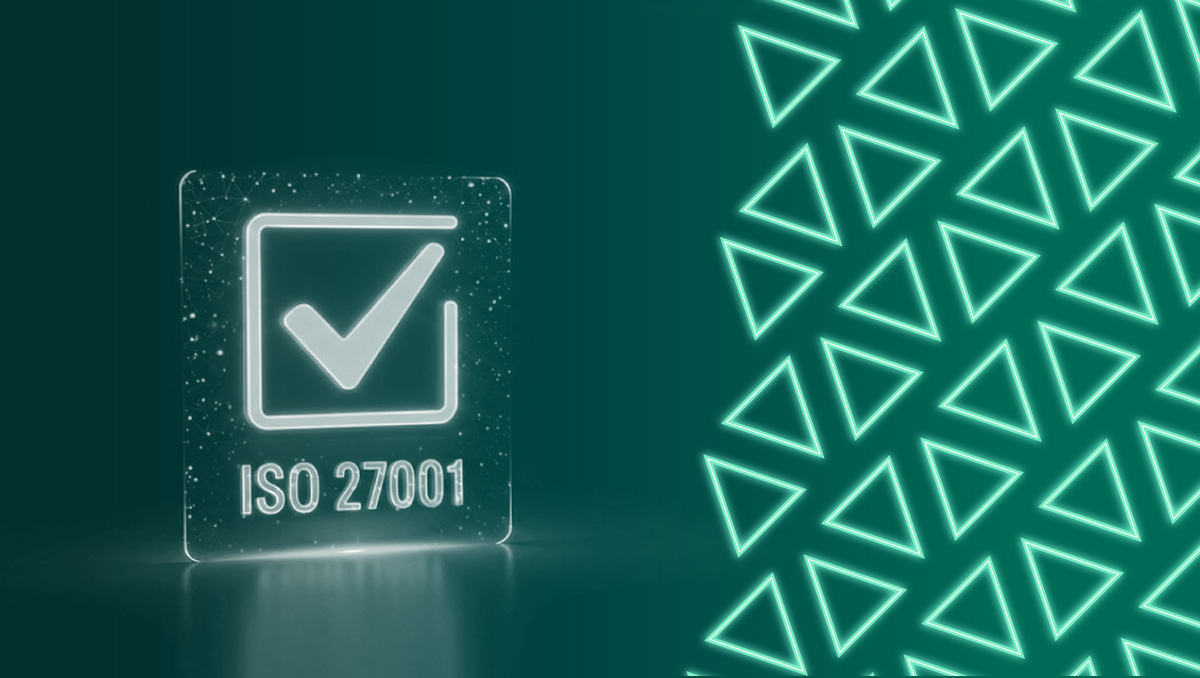
What Is ISO 27001?
ISO 27001 is the internationally recognized standard for maintaining a secure Information Security Management System (ISMS).
As companies expand around the globe, being ISO 27001 certified is a competitive edge for those looking to prove their viability as a partner, vendor, acquisition, or simply a safe place to do business for customers.
Now that the three-year grace period for complying with the latest updated version (ISO 27001:2022) is around the corner, organizations need to make sure their current processes align—or risk forgoing their ISO 27001 certification altogether.
Why Comply with ISO 27001?
Maintaining ISO 27001 compliance gives companies several competitive advantages. Organizations that pass their ISO 27001:2022 audit can count on:
Improved reputation with customers as an institution that values their sensitive data and complies with international data security best practices.
Enhanced appeal to partners and suppliers as a company that will not increase their chances of third-party breach.
Better positioning for critical contracts as strategic partners will prioritize not only the vendors that can do the job, but ones that demonstrate an above-and-beyond commitment to doing it safely.
Organizations of any size and industry can prove their commitment to data security best practices by receiving their ISO 27001:2022 certification.
ISO 27001:2013 vs. ISO 27001:2022
When ISO 27001:2013 was updated to ISO 27001:2022, some outdated controls were removed, and a greater emphasis was placed on security measures that could handle cloud computing, IoT devices, and evolving cybersecurity threats.
Eleven new controls were added, addressing areas like cloud security, threat intelligence, and data security mandates, and the new version was aligned with other ISO management system standards for a more streamlined process.
Overall, the new ISO 27001:2022 requirements made the framework easier to integrate, more agile to increasing security requirements, and better suited to the needs of modern businesses.
ISO 27001 Risk Management
While the 2013 version of ISO 27001 emphasized a risk-based approach to information security, the 2022 update refines the ISO 27001 risk management approach by highlighting assessment, treatment, and the need to remediate weaknesses on an ongoing basis.
This includes:
The risk management methodology
Risk assessment
Risk treatment
Reporting on risk assessment and treatment
Statement of Applicability
A risk treatment plan
ISO 27001 defines risk as the “effect of uncertainty on objectives.” Things like vulnerability assessments, penetration and red teaming, and overall risk management can help to identify these sources of uncertainty and keep them at bay.
How to Achieve ISO 27001 Compliance
While ISO 27001:2022 compliance requirements span 93 controls (including 11 new ones), achieving ISO 27001 compliance and certification in October 2025 will come down to implementing the right risk assessment and management processes for your information security management system. ISO 27001 risk management includes:
Identifying assets: Looking for all assets—even Shadow IT—and logging them is essential to define your scope. Your asset inventory should encompass hardware, software, network infrastructure, data, and all places where data is held.
Determining threats: This could be anything from uncaught misconfigurations to data lacking the proper security controls—anything that could jeopardize the confidentiality, integrity, or availability of data.
Assessing vulnerabilities: Thirty-two percent of all data breaches start with an unpatched vulnerability. Determining which CVEs reside in your systems and prioritizing them by severity (CVSS score) is key to tamping down threats.
Solutions
Once the organization’s risk profile has been determined, ongoing risk management means putting the measures in place that plug gaps where uncertainty (and risk) used to enter before. That means tamping down on unclassified data, unpatched vulnerabilities, and other risk-inducing pitfalls that once fell between the cracks. That is done through:
Data Classification: Fortra Data Classification provides multi-layered tagging and persistent identification metadata to tell systems what to secure—and how to secure it.
Vulnerability Management: Fortra Vulnerability Management is a risk-based solution that automatically identifies, prioritizes, and tells you which vulnerabilities are “real world” exploitable.
Risk Management: Fortra’s risk management solutions include both offensive and defensive security solutions; vulnerability management, penetration testing, red teaming, digital risk management (DRM), data loss prevention (DLP), and more.
While ISO 27001 compliance is not technically a mandate, industries all over the globe recognize those who are ISO 27001 certified as those committed to handling sensitive data securely, complying with international security regulations, and keeping customer, partner, and stakeholder investments safe.
Want to learn more about ISO 27001 compliance?
Get the full ISO/IEC 27001 Compliance checklist.